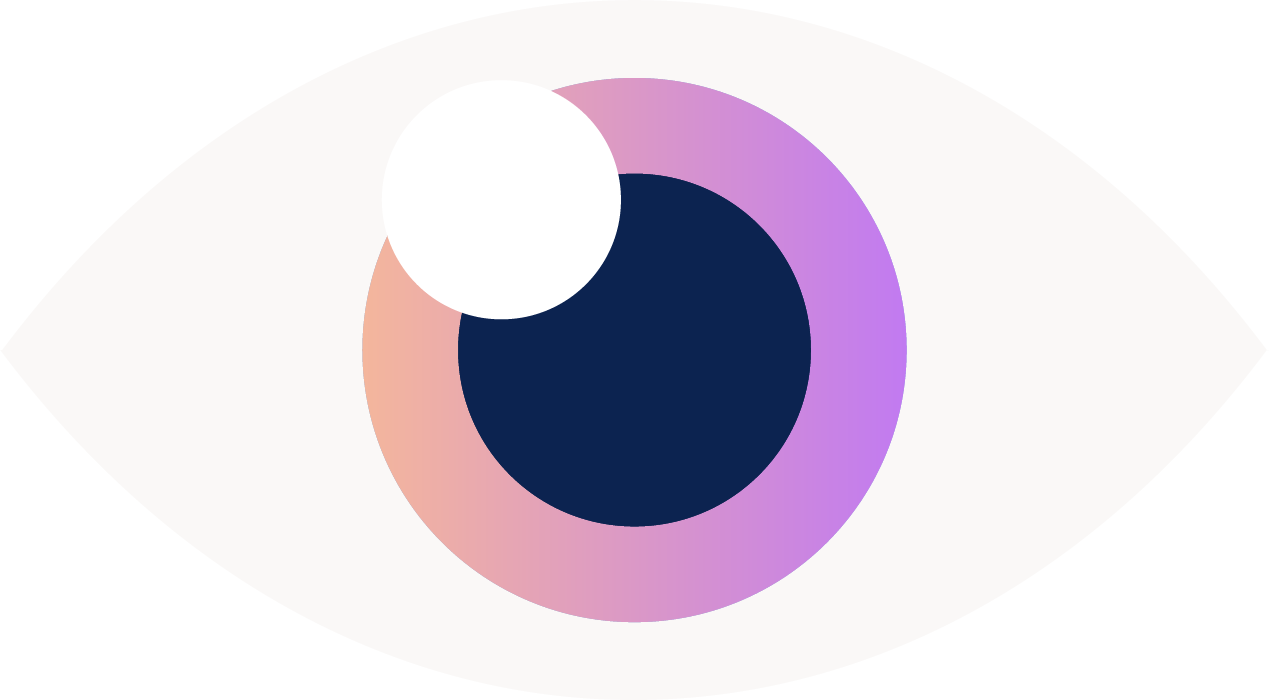Understanding Myopia Management for Your Child: A Parent's Guide
As a parent, seeing your child struggle with myopia, commonly known as nearsightedness, can be concerning. Myopia occurs when the eye grows too long from front to back, causing distant objects to appear blurry. This condition is more than just needing glasses; it can increase the risk of serious eye problems later in life. Thankfully, several treatments can help manage the progression of myopia in children. Here's a straightforward guide to understanding these options.
Low Dose Atropine Eye Drops
One effective treatment is low dose atropine eye drops. These drops are used once a day and work by slowing the growth of the eye that contributes to worsening myopia. The low concentration makes them safer and minimizes side effects like light sensitivity and difficulty focusing on close objects. Although they're not yet approved by the U.S. Food and Drug Administration (FDA) for myopia management, many eye doctors feel confident in prescribing them due to their success in clinical studies.
MiSight Contact Lenses
MiSight 1 day contact lenses are a great option that is FDA-approved for kids as young as 8. These soft contacts are worn during the day and have a special design that not only corrects vision but also helps control myopia progression. They are replaced daily, making them a hygienic choice that's easy for kids to manage.
Orthokeratology (Ortho-K)
Orthokeratology, or Ortho-K, involves wearing specially designed rigid contact lenses overnight. These lenses gently reshape the cornea (the front surface of the eye) while your child sleeps, allowing them to see clearly the next day without needing glasses or contacts. Ortho-K is effective for reducing myopia progression and is FDA-approved for overnight wear, making it a popular choice for parents and children looking for a non-surgical solution. However, many pediatric ophthalmologists and cornea specialists are concerned about the safety of overnight contact lens wear in kids and increased risk of infection.
Special Glasses
Although not available in the United States, special glasses designed for myopia management are gaining attention worldwide. One example is Hoya's MIYOSMART lenses, which use a technology called D.I.M.S. (Defocus Incorporated Multiple Segments) to provide clear vision while also reducing the stimulus that worsens myopia. While these aren't an option in the U.S. yet, they show how advancing technology could soon provide new solutions for managing children's myopia.
Choosing the Right Treatment
When choosing a myopia management strategy for your child, it's essential to consult with an eye care professional who specializes in pediatric care. They can help you understand which options are suitable based on your child's age, lifestyle, and the severity of their myopia.
Managing your child's myopia is about more than just improving how they see the world; it's about protecting their future eye health. By exploring these innovative treatments, you can take an active role in controlling their myopia and help them see life more clearly. Whether it's through eye drops, contact lenses, overnight therapies, or new technologies on the horizon, there are more options than ever to help your child achieve the best vision possible.
Are you concerned about your child’s risk for nearsightedness?
Take the quiz below, to find out.




